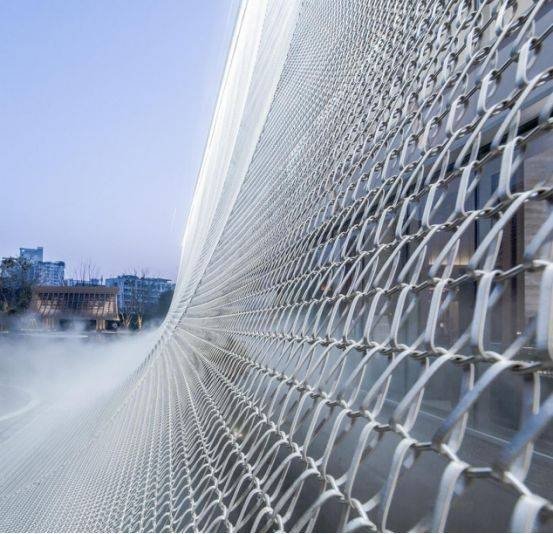Best Practices for Installing Stainless Electrowelded Mesh
Stainless steel electrowelded mesh is a strong and durable material, which is widely used in construction, agriculture, and industrial projects. Its excellent strength, corrosion resistance, and easy installation make it perfect for various applications, from reinforced concrete structures to creating secure barriers. Proper installation of this mesh is important to ensure its performance and longevity. In this article, we will take a look at some of the best practices for installing stainless electrowelded mesh.

Choose the Right Type of Mesh
Before entering into the installation process, choosing the right type of mesh is important. The mesh comes in different sizes, thicknesses, and patterns, each suitable for different purposes. For example, finer meshes are used in fencing and animal enclosures, while thicker meshes are suitable for reinforcing concrete or creating sturdy barriers. Make sure that the mesh size and wire gauge align with your project’s structural needs in order to guarantee durability and safety.
Prepare the Installation Area
A successful installation starts with preparing the surface or area where the mesh will be installed. Whether you are using the mesh for a fence, reinforcement in concrete, or another application, the surface should be clean, leveled, and free of debris. In outdoor settings, make sure that the ground is free of rocks, roots, or any obstacles that can affect the stability of the mesh. To avoid any weakening of the bond between the concrete and the electrowelded mesh, make sure that the foundation is clean and dry before installing it in a construction setting.
Measure and Cut Accurately
Precise measurements are important when working with electrowelded mesh. Incorrect measurements can lead to waste and weaken the structure, especially if you are reinforcing concrete. Use a measuring tape to make accurate measurements of the area where the mesh will be installed. After measuring, cut the mesh using the right tools such as wire cutters or an angle grinder, depending on the thickness of the wire. Make sure to cut along the grid lines to avoid sharp, uneven edges that can cause injuries during installation or after.
Use Proper Fastening Techniques
The way you fasten the electrowelded mesh will mainly depend on the application. For fencing and similar installations, use stainless steel or galvanized wire ties, clips, or clamps in order to secure the mesh to posts or supports. If you are using the mesh for concrete reinforcement, make sure the mesh is properly spaced from the surface of the concrete using spacers to ensure that it is fully embedded once the concrete is poured. This will prevent exposure to moisture and air, which can lead to corrosion.
Apply Proper Tension
Tension plays a major role in the performance of malla electrosoldada (electrowelded mesh), particularly in fencing and barrier applications. During installation, make sure that the mesh is stretched tightly between the support posts. A slack mesh can weaken over time, leading to sagging or even failure. Also, you can use a tensioning tool to pull the mesh tightly before fastening it, ensuring a secure and lasting installation.
Conclusion
Installing stainless electrowelded mesh correctly ensures that your project benefits from its strength, durability, and longevity. By following the above-mentioned practices, you can get a successful and reliable installation of electrowelded mesh.